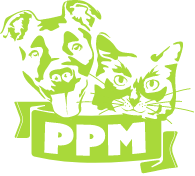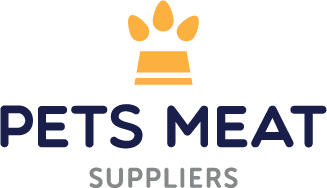CARING FOR YOUR PET’S HEALTH & WELLBEING SINCE 1965

FRESH INGREDIENTS
Our pet meat is processed in a hygienic and safe environment. We use high quality grade meats in our products and also snap freeze for fresher results. All products are free from additives and preservatives.

ACTIVE ENZYMES
Raw food contains whole undenatured proteins. This means that the protein molecule is still in its whole, natural and easily recognisable form.

JOINT HEALTH
One benefit of raw feeding is that it’s an anti-inflammatory diet. By adding sardine/pilchards which are high omega 3 fatty acids, adds support to joint health and reduces the risk of inflammation.

Skin health
Switching to a raw food diet has been shown to improve your pet’s skin, resulting in shinier coats, cleaner teeth and higher energy levels.
100% Natural Food For Perth Pets
Established in 1965, Premium Pet Meats (PMS) is a family-owned business situated in Wangara. We are dedicated to bringing pets in Perth the best in nutrition and taste.
For over half a century, we have made sure your pets are well fed with 100% natural food. Contact us today to find out more.
What pets can expect
Investing in value is part of what we do. Our processing plant, located in Wangara, is where we manufacture our own pet meat. When we say “natural”,
we mean 100% – with no preservatives or additives.
When we say “natural”,
we mean 100% – with no
preservatives or additives

SPECIALISED DIET
Nutrition based food for pets on special diets
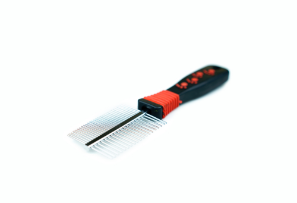
PET HEALTH
Oil and Chew products to aid on your pet's overall health

PET ACCESSORIES
Take a look at our wide range of Pet accessories including collars, leads, bedding, toys, and much more!
Want to keep updated with
our specials and news?
Subscribe to our newsletter!
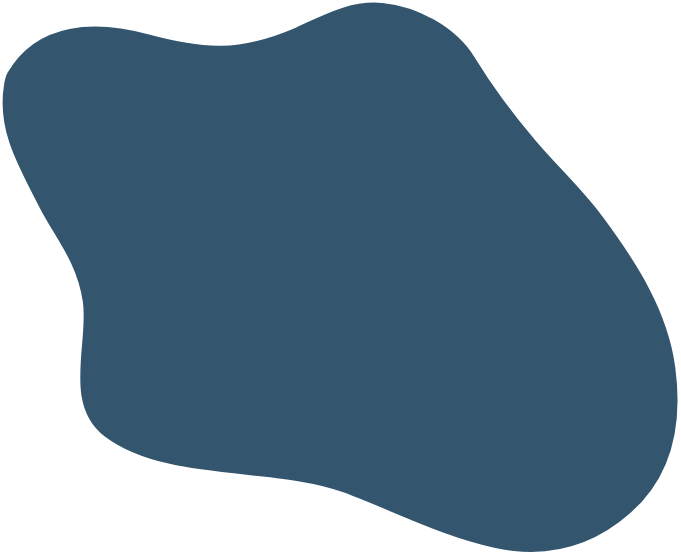
FAQ
To feed your pet a natural and healthy way we recommend meat, cooked vegetables and a good quality dry food. If your pet has any health conditions, dietary needs or any allergies, there are a number of ways to feed your pet a healthy diet. For example, if your pet has pancreatitis, it is recommended to use a low-fat diet like kangaroo meat which is a natural source of protein as well as cooked vegetables so you can maintain the condition. Severe cases need prescribed diets from your vet. Cooked white rice and brown rice are recommended sources of carbohydrate if the dog can tolerate rice. Pasta is wheat based and if your dog has allergies to wheat it is not recommended.
We recommend cooking our pet meat because this process acts as a natural way of preserving the meat. Our product contains no preservatives, so therefore if you like to use a raw diet it is best used within 1 to 2 days. You can also freeze the meat and vegetables together and thaw out for individual meals. For any other dietary info please give us a call or pop into our shop.
Some dogs can tolerate raw bones and others cannot. If your dog vomits on any form of bone it is recommended that you do not give you dogs bones of any kind. To keep their teeth clean, there are products on the market for your dog to maintain healthy teeth and gums.
Cooked bones are no good for your dog as the bone will splinter if it has been boiled or baked.
Our smoked bone product range are smoked in our smoking ovens at our processing plant and this gives the bone a smoky flavour and a natural colour. Some dogs cannot even have smoked bones.
Sometimes when a dog vomits up bone or bile, the undigested bone has built up causing a bacterial infection in the stomach which may cause vomiting and or diarrhoea. If this occurs, they may need to have a course of antibiotics to clear up the gut infection. You must consult your vet. We recommend a whole marrow bone for the dog to chew down the knuckle. When finished, dispose of the leftover bone in the bin. In warmer weather, it is not recommended to leave the bone out in the sun for long periods of time as bacteria can build up in the bone and your dog may get sick.
You can give your dog cooked or raw vegetables depending on what type of vegetable. We recommend root vegetables, sweet potato, Japanese pumpkin, spinach (fresh or frozen) and carrots. Some vegetables such as cabbage and broccoli can cause a lot of flatulence. Other vegetables such as peas and corn do not digest and come out whole in their faeces.
It is recommended that you should not give your pet onions or tomatoes.
Some dogs can also eat fruit. Apples are good for them.
You can even use cooked frozen vegetables from the supermarket to add into your pet’s meal.
On the market today, there are many options on how to toilet train your pet. Products such as puppy training pads are a good way of keeping your laundry or holding area clean. Crate training is another way of toilet training.
When your puppy has finished eating they will usually need to go to the toilet. You should take them outside to where you want them to go and they will do their business after every meal. This process teaches them where they should go. Also, when they have just woken up you should take them to their toilet area.
Toilet training your pet can take up to 4 to 6 months depending on how independent your pet is.
For kittens, you have to show them where their litter tray is.
After they eat and when they wake up from their sleep, take them to the litter tray and they will learn to do their business in their tray.
When you feed your pet a well balance diet and your pet does not eat their food, within 10-15minutes you must take it away and refrigerate if necessary. Do not offer them anything else- not even a treat. You should then give them that meal again, whether it is for breakfast or dinner. If it is a raw meat diet only keep this for 2 days. Repeat with a fresh lot on the third day.
By repeating this step for up to 3 to 4 days, your pet will learn to eat what you give them.
You must make sure that there is always clean, fresh water for them at all times.
If your pet does not eat for any other reason apart from being fussy, they may be unwell and you should seek your vet’s advice.
If your pet has fleas or ticks there is a process to follow.
You must treat your pet, pet bedding and other areas around your house and yard. There are a lot of products on the market and we recommend what the vets recommend; also what works for you and your pet. Ticks can cause a lot of problems and you must use a product that is specifically for ticks and follow the directions completely. Occasionally ticks need to be surgically removed because they have embedded themselves into the pet’s skin. Your vet will help with this problem.
All adult pets should be wormed for stomach worms every three months. Puppies and kittens need frequent worming up until they are 3 months old. Whelping mothers and pregnant mothers also, but you must read the directions on the product that you buy or ask your vet if it will be safe for them.
Heartworm is another worm that needs treatment you must check with your vet first before starting any treatment. Your vet will recommend what is best for your pet and then you must follow the procedure.
Some pets need bathing frequently because they have skin problems. There are shampoos and treatments that need to be done weekly or twice weekly which comes recommended by your vet.
The average dog has a bath once or twice a month. By using pet shampoos and conditioners (if needed), this will keep them clean and smelling nice.
You can even bath your cat. If you start bathing you cat as a kitten, they get used to being bathed. For a quick dry off, you can use a chamois and then blow dry your pet. This is a good idea during the colder winter times.
It is not recommended to use human shampoos or wool mixes that you would use on your clothes.

Which joint supplement is right for your pet?
How do you choose the best joint supplement for your pet? With so many choices, it can be hard to decide which one will meet
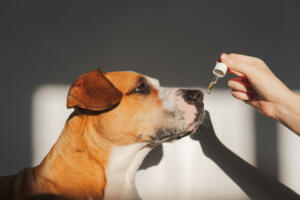
Should I use CBD oil for my pet?
With so many products on the market, it can be hard to decide on the best treatment for your pet’s ailments and overall well-being.

The Importance of Oral and Dental Care for Dogs and Cats
As pet owners, we go to great lengths to make sure our furry friends are as happy and healthy as they can be. However, did

Welcome to our Blog!
If it’s got to do with pets and their nutrition, we have it covered Whether you have a curiosity about pet care and nutrition, or




